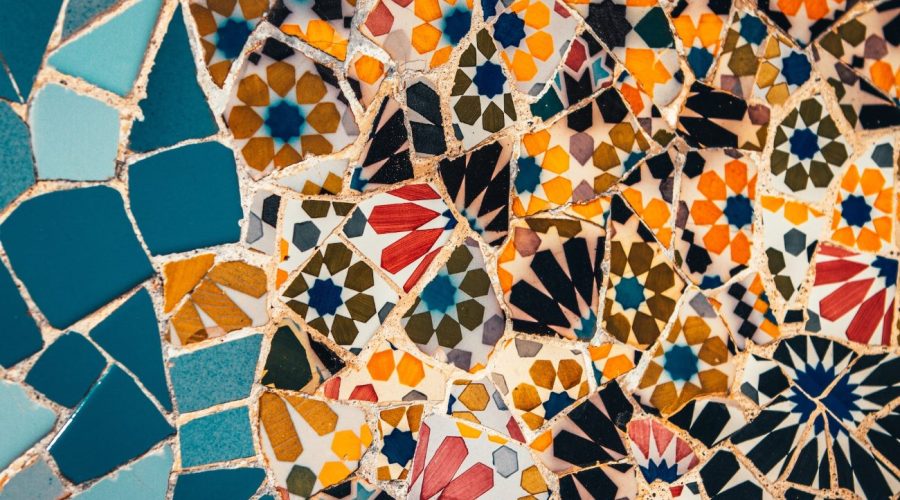The Thrilling Tradition of Bull Fighting in Barcelona, Spain
This article presents a complete overview of bull fighting activities in Barcelona Spain. This document investigates the extensive historical development alongside the cultural value as well as modern practices of this contested but gripping custom.
1. The Origins of Bull Fighting
Traditional Spanish entertainment known as “corrida de toros” which people call bull fighting originated deeply in Spain’s historical record. The practice of bull fighting has maintained origins from antiquity when people considered it their religious tradition. The practice has transformed into a performance art which adopts elements from athleticism alongside spectacle and courage.
Spanish history marks the 12th century as the origin year of bull fighting during which the tradition has transformed into a central cultural tradition for Spain. Each Spanish territorial region developed its own traditional unique practices when the custom reached their territories.
2. Bull Fighting in Barcelona
The capital city Barcelona within Catalonia maintains its reputation for its architectural style and cultural diversity together with its deep historical roots. In 2012 the authorities of Catalonia along with Barcelona enforced a prohibition against conducting bull fights throughout both regions. The prohibition emerged because people started caring about animal treatment while social values transformed.
The prohibition has not stopped public conversations about bull fighting from developing in the region. Some argue for the preservation of cultural traditions, while others advocate for the ethical treatment of animals. In Barcelona you cannot watch traditional bull fights because the city maintains a complete ban on such events yet you might discover various exhibitions which display the cultural background of bull fighting.
3. Understanding the Bull Fight
The fundamental understanding of bull fighting requires knowledge about its essential ritual features. The bull fighting proceeds through three distinct phases which demand various tests for the matador to complete during each segment lasting several minutes.
3.1 The Tercio de Varas (Lance Tercio)
The matador along with his staff applies a lance to explore the bull’s behavior while testing its power during this points of the battle. This step of the fight aims to assess both fighting properties and courage of the bull without inflicting permanent bodily damage. Throughout the fight sequence the matador watches how the bull moves to prepare himself for the upcoming stages.
3.2 The Tercio de Banderillas (Banderillas Tercio)
The bullfighter moves forward to decorate its back with banderillas which are colorful barbed sticks during the subsequent phase of the event. Completing this task demands correct timing along with sharp agility and brave determination from the matador while delivering the banderillas.
3.3 The Terico de Muerte (Death Tercio)
The Tercio de Muerte marks the conclusion of a bull fight with its consequential and intense nature. Throughout the show the matador uses both his cape and precise movements to show his superiority while delivering a clean sword strike that kills the bull at its vital parts. As bullfighters achieve success in this stage they earn fervent praise and praise from the audience watching their performance.
4. Bull Fight as a Spectator
All those who want to watch Bull fights need to understand the complicated nature of this event as people strongly oppose each other about its moral aspects. You need to visit regions outside Barcelona because bull fights still exist in those areas. The tradition continues to thrive.
Future spectators should weigh cultural ethics of bull fighting as they decide to watch an event. Decision-making requires careful analysis of opinions presented by supporters and opponents of the debate.
5. Alternatives and Cultural Experiences
Visitors to Barcelona seeking insight into bull fighting should explore alternative activities of the custom as the sport remains unavailable in the city. Museums such as Museu Taurí de Barcelona offer exhibits and artifacts that showcase the history and significance of bull fighting. Visitors can gain knowledge about bull fighting through two avenues: by experiencing a festival about the sport together with viewing artworks that draw inspiration from it.
6. Conclusion
The historical value of bull fighting together with its cultural impact cannot be denied even though animal welfare concerns about the event continue to generate serious ethics questions. The cultural tradition of bullfighting exists as more of an educational discussion topic rather than a modern community practice within Barcelona.
People agree that bull fighting continues to fascinate Spanish culture despite the opinions on its moral implications. Visitors to Barcelona can enjoy the city in numerous ways by engaging in respectful cultural discussions while maintaining an open attitude toward the place.
Table of Contents



